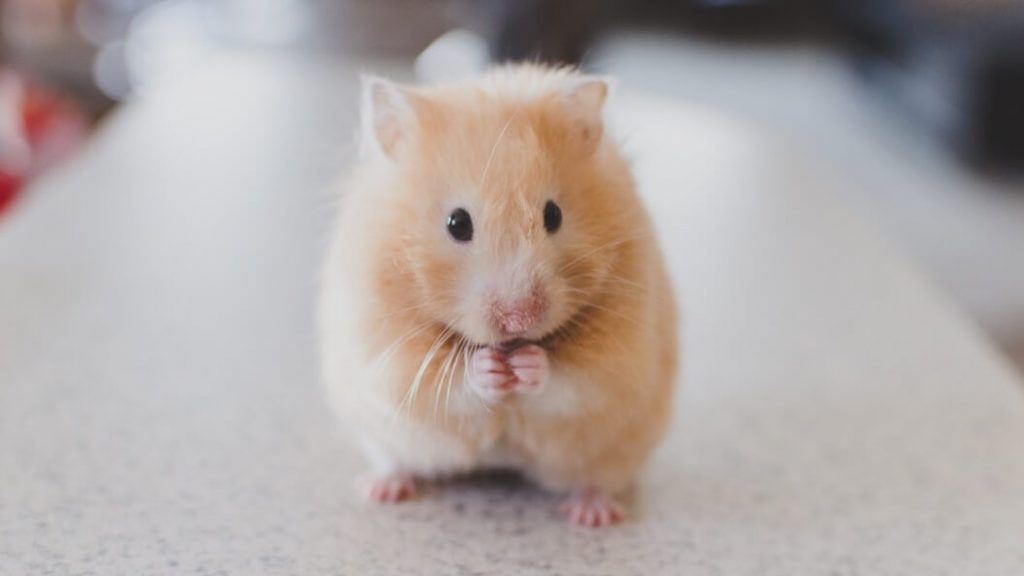New statistics, released by the UK Home Office, have revealed that the number of animals used for testing purposes is at its lowest since 2010.
In 2017, there were just under 3.8 million science-based procedures conducted on animals, a four percent decrease from 2016. As per the updated document on July 19th, there has been a seven percent decrease in these procedures since 2016 and a 17 percent decrease from a decade ago.
“We are not having lots and lots of very painful experiments going on – we are actually having really quite a small percentage,” Prof. Dominic Wells, chair of the animal sciences group of the Royal Society of Biology, told media publication The Guardian. “Most of the severe cases are within the regulatory element – that would be things like toxicology [of drugs]. If you don’t have toxicity [data], you don’t know what the safety limit of that drug is.”

The update also revealed that testing on primates – of whom share over 90 percent of DNA with humans – has dropped by 17 percent since 2016. However, with an influx of horses being used for blood extraction purposes, the use of this species has increased by 18 percent in the same two years.
Much to the disappointment of animal welfare activists, 1.9 million procedures this year focused on breeding animals with an altered genome. This figure represents a 37 percent increase over the past ten years. 99 percent of these genetically-edited animals were mice, fish, and rats. The Humane Society International spoke out against this practice, dubbing it “disgraceful.”
Alternative Cruelty-Free Testing Methods
With fast-evolving technology and more cruelty-free testing methods emerging, animal testing is no longer the only way to conduct scientific trials.
A new artificial intelligence (AI) system is challenging the prevalence of animal testing altogether. Its results are more accurate, predicting the toxicity of a substance instantly. The AI program is also much less expensive, time-consuming, and more ethical than conventional testing. “These results are a real eye-opener, they suggest that we can replace many animal tests with computer-based prediction and get more reliable results,” Professor Thomas Hartung, the lead designer of the system, said in an interview.
Image Credit: Shuttershock


